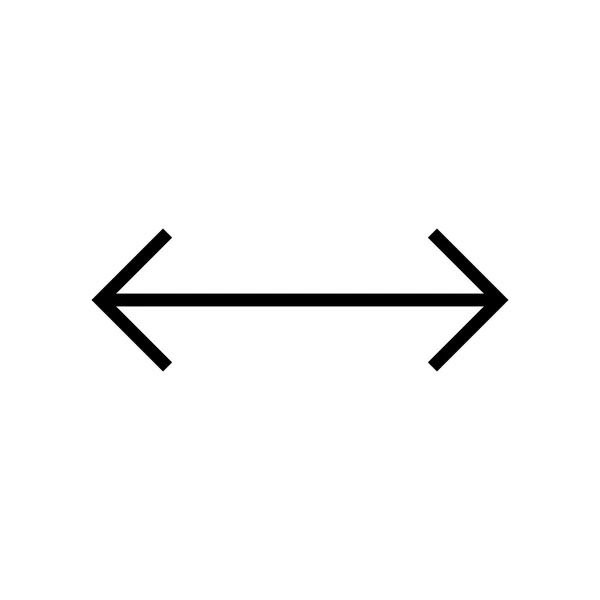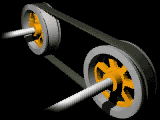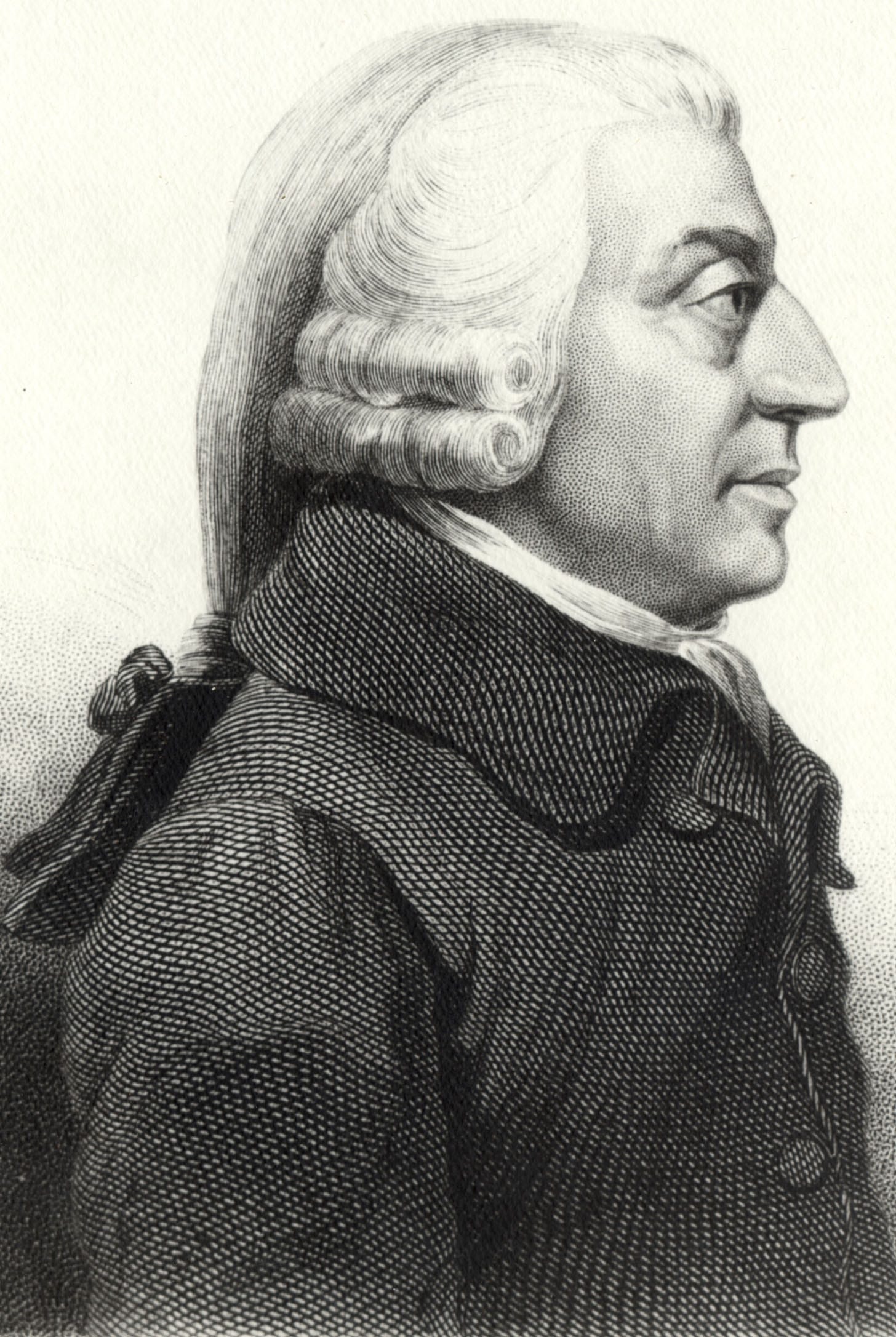We can express intensities as having a flow and aiming at a certain direction. Let’s cut a flow in half and aim the halves towards each other. We do this by reversing the direction of one of the flows to have them aiming intensities towards each other. The two flows “clashes” with one another


This is the typical man vs. man. We hav two boxers fighting each other by throwing punches. The boxer with the strongest punch exerts the greatest force. The objective is to knock out the rival using punches that represent intensities.
We can also think of flows that pull opposite one another. This would be having the direction of the two halves rotated 180 degrees. This is best understood with a tug-o’-war. The intensities that pull on the rope creates tension. The objective is to exert more force at one end where the overall direction moves the rope towards the greater force.


Let’s have the two intensities pull against each other (like in the tug-o’-war) but let’s have the tension move at a uniform constant speed. In the tug-o’-war example, the rope is at a stand still but the forces exerted at opposite ends are continuously aiming opposite direction. In other words, the forces act “in the background” since the rope is not moving or barely moving at all. To best capture this invisible force, we will use a conveyor belt. The belt is stretched across a set of rotating gears. The tension of the belt creates a still surface where an object can be placed. What moves the belt are the set of gears rotating the same direction. When the gears rotates one way, the belt moves left, when the gears rotates the opposite way, the belt moves right.


The vanishing object-of-desire
Let’s place two rivals at either end of the conveyor belt and place an object at the middle of the conveyor belt. With a press of a button, the gears can rotate so that the object moves either towards the rival or towards the rival-opponent. When the object is moving towards the rival, the rival is at a gain while the rival-opponent is at a loss. When the object is moving away from the rival and towards the rival-opponent, the dynamics flip. Once the object is at reach from one of the rivals, the rival that obtains the object wins the game. Let’s make the object extremely desirable to both the rivals. Let’s say the object is a glass of cold water and the rivals are thirsty. The rival who wins the glass of water wins at the expense of the rival-opponent. The satisfaction the winning rival obtains as he saciates his thirst is done so at dissatisfaction of the rival-opponent losing his chance to drink that water.
All this is done with real, tangible objects and desires. We will abstract the desires, rivalry, and the object-of-desire and apply these principles to other fields like the economy, psychoanalysis, or the Schizoanalysis1. We can also abstract the violence by symbolically representing flows, intensities, and directionality with values counterparts. For example, first we generalize violence by vanishing our object-of-desire. We can do this by literally removing the object-of-desire from the conveyor belt. Also, we have both rivals continue to fight for the vanished object. When the rivals continue to fight they fight for the sake of it. This is called spite. We can say that the intensities that placed the rivals at odds with one another are replaced by the growing resentment and hatred towards one another. Because there’s not a physical object that the rivals can attribute their desires too, all they have left is to “outdesire” the other. We will now replace the value of the object-of-desire with a symbolic counterpart.
To accomplish this, we must abstract desire even more. Let’s say that the rivals entered the struggle not for the object itself, but for the sake of the struggle. But we don’t have to vanish the object to allow spite to happen. For example, suppose that one rival did in fact win the possession of the object-of-desire but the loser continued to fight for it anyway. At this point, the rivals are fighting for something beyond the object-of-desire. We can say that extrinsically, they began to struggle for the physical object but intrinsically, they began to struggle for the sake of the struggle. When the object-of-desire is in the hands of a rival, the rival-opponent will continue to struggle for the possession of the object and not the object-of-desire itself. This can continue back and forth between the rivals. As they reflect their desire off of each other, the rivals are now entangled in a memetic crisis. These rivals act under what René Girard calls mimetic desire or the desire for the desire of the other. Under the principle of mimetic desire, the rivals are entangled in conflict not because they are different but because they are the same. This can explain behavior like in the political arena. Someone can identify as a Republican conservative and profess to oppose a Liberal democrat. While their policies look different, and they profess to disagree at a fundamental level, the way they argue, struggle, and defend their political beliefs slowly begin to look alike. As time progresses, the rivals will intensify their argument and move to attack the individual rather than the arguments. At the exterior, they have separated themselves to become diametrically opposed. But at an internal level, they begin to reflect each other’s animosity and the result can look quite cruel and nasty.
We can abstract even further to add a second layer to generalize this “symbolic” value-seeking machine. We can add a second layer that is attributed to the “inner-symbolic self.” On top of the conveyor belt, there exists a surface that is symbolic and attribute value to the things we find meaningful. What we find meanifull, we desire it. The “inner-symbolic self” or the soul, feeds on meaning and it gets nourished by it. What we need is a way to numerically represent what we desire.
Laissez-faire economics

We can see how generalizing forces, intensities, and direction can be applied to the general economy. If money is the value that replaces the objects-of-desire, we obtain meaning from what’s beyond the material substance into a “symbolic” subsistence. In economics, Adam Smith describes the “invisible hand” or the invisible forces that acts on enterprises, businesses, and individuals to compete with each other (Majaski, 2024). By liberating the instincts, the instincts take over. Everybody looks for their self interests and begin to compete with each other. In a free-market economy, money lays bare what the numeric representation for our symbolic value if we were to calculate the meaningul value for our souls. We can say that “meaning” is what nourishes the soul… its what it “eats.” There’s a sense that individuals or businesses can locate the correct signals in a free-market economy by “finding a pulse” on the supply and demand curve. Replacing symbolic value for meaningful value is already on the way towards a spiteful economy. A spiteful economy is when people forget what they came here on earth to do. They “hunt” for numeric sustenance that the soul is starving for but instead for looking for what is meaningful, they look for money that replaces it.
We described how laissez-faire economics lays the foundation for capitalism to perpetuate its forces back onto itself. People will soon forget to look for what nourishes the soul (what they find meaningful) and begin to chase money for the sake of it. This enters into a positive feedback loop and the more money an economy invests, the more an individual consumes to replace meaning, the more meaning a person will need to replace the numeric value he or she replaced it with. With each iteration of transactions, it improves sales, services, operations and commodities to perform better, to last longer, to taste better but customers remain seeking for more.
Let’s look at the conveyor belt example. Let’s say that a scoreboard is placed behind the rivals who are stuck in a mimetic crisis. Each time a rival wins the object, a point is awarded to him. This assumes that the forces are satisfied once an inning is won and the game can start over. In an economy, there is no such thing. The world keeps on going. To raise the stakes of the rivals, we can place a screen instead of the scoreboard where the values of each of their back account is shown on the screen. When the conveyor belt is rotating towards the rival, the rival wins money from the rival-opponent. This means that the bank account of the rival-opponent is being emptied and transferred to the bank account of the rival. As we can imagine, this transference can be quite painful the longer the conveyor belt is moving away from the rival-opponent and towards the rival. The dynamics are flipped once the conveyor belt is moving towards the rival-opponent and away from the rival. This is more in line with what “meaning-machines” do. We are “meaning-machines” attached to other meaning-machines. We create meaning for our souls or we take meaning from someone else. The weird thing is that our meaning-machine is attached to a larger meaning-machine a.k.a. the general economy. The general economy works under different principles than our individual meaning-machine making it more complicated.
Works cited
Majaski, Christina. (2024). What Is The Invisible Hand In Economics. Investopedia
https://www.investopedia.com/terms/i/invisiblehand.asp
In the first volume of Capitalism & Schizophrenia: AntiOedipus, Deleuze and Guatarri describes the Platonic logic of desire as idealistic. An object is desirable precisely because its based on acquisition i.e. one lacks it, does not yet possess it. On the other hand, when we place desire on the side of production, we split the object into two. 1) the real object, as it’s externally contingent (in the Kantian sense of perception) and thus, intrinsically produced a phansasmic object “that functions as a double reality” (25). This process takes place in a mental faculty.





